- China has committed to finding sustainable alternatives while developing a clean, low-carbon, safe and efficient energy system.
- Already the largest producer of PV solar, wind energy, and hydroelectricity, it is estimated that China will account for 25% of global renewable energy generated through 2040.
Decades of continuous economic growth, coupled with a mighty industrial sector, considerable population, and impressive urbanisation, have not only cemented China as the world’s largest energy consumer, but also as the world’s leading emitter of carbon dioxide (CO2). However, recognising the detrimental health effects of the resulting particulate matter as well as the risks associated with its reliance on foreign energy sources, China has committed significant resources to finding sustainable alternatives while striving to develop a “clean, low-carbon, safe and efficient energy system”.
Spurred on in particular by President Xi’s pledge in September 2020 to “have [a] CO2 emissions peak before 2030 and achieve carbon neutrality before 2060,” China has since become the largest investor in renewable energy. According to a report by the United Nations Environment Program (UNEP), China committed a staggering USD 758 billion to renewable energy capacity between 2010 and the first half of 2019, compared to the US in second place and Japan in third, which allocated USD 356 billion and USD 202 billion, respectively. For reference, Europe as a whole invested USD 698 billion. According to the International Energy Agency (IEA), this considerable investment appears to have paid dividends, as China is projected to account for 40% of global renewable capacity expansion between 2019 and 2024, according to the International Energy Agency (IEA).
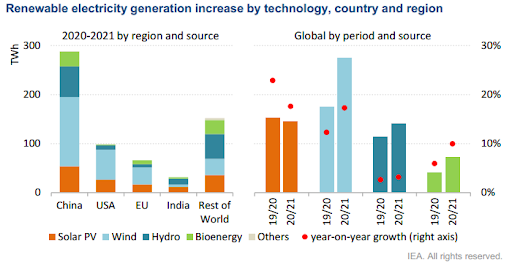
Figure 1 (IEA, 2021b, p. 22)
Solar PV & Wind Energy
Among the various forms of renewable energy, solar photovoltaic (PV) and onshore wind are highlighted as key priority areas. As a result, China has not only established itself as the world’s largest producer of wind and solar energy but also continues to pursue new additions at record speed. Even in 2020, China added another 72GW of wind power capacity and 48GW of solar power capacity, which will elevate its total expected solar and wind energy generation to over 900TWh in 2021. China also leads the global expansion of Concentrated Solar Power (CSP), adding approximately 200MW in 2020.
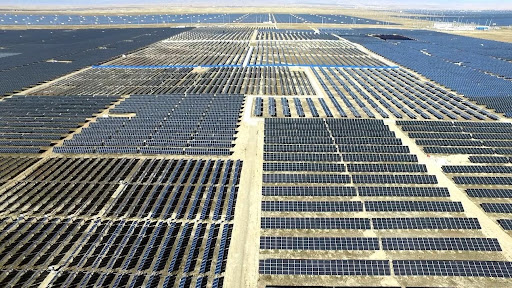
Figure 2 Huanghe Hydropower Hainan Solar Park –2.2GW (Xiao, 2020)
However, developers in this domain are currently facing considerable financial challenges due in large part to the higher generation costs compared to utility-scale PV plants. With onshore wind and PV subsidies having expired in 2020 as well as support for offshore wind scheduled to terminate in 2022, there is a certain degree of uncertainty regarding China’s continued pace of expanding its renewables in the near future, with many experts anticipating a decline in capacity additions. In this context, China’s PV auction in July 2020, for example, signalled that developers would be inclined to shift their focus to larger utility-scale projects to benefit from economies of scale. This can be explained by the fact that the continued decline of PV costs will likely constitute the primary driver for growth following the discontinuation of the subsidies.
Despite these uncertainties, it is clear that China remains highly committed to boosting its share of non-fuels in primary energy consumption. This can be seen in a recently released National Energy Administration (NEA) draft plan, which advocated for the need to increase the country’s power generation from solar and wind plants to around 16.5% of the country’s total power consumption by 2025 – versus 9.7% in 2020.
Hydroelectricity
In addition to solar and wind, China also leads the global production of hydroelectricity. This, in large part, thanks to a series of massive infrastructure projects, such as the Three Gorges Dam, which was completed in 2012 and boasts a record-breaking 22.5 GW generation capacity. However, large project activity did not stop there, with two further flagship programs currently under construction on the Jihinsa river. These include the 10.2 GW Wudongde hydropower project, which is expected to generate 38.9 TWh of electricity at full power and the 16GW Baihetan facility. The latter will be the world’s second-largest power station upon completion – after the Three Gorges Dam – as well as one of the first projects to feature a 1 GW hydro-turbine generator.
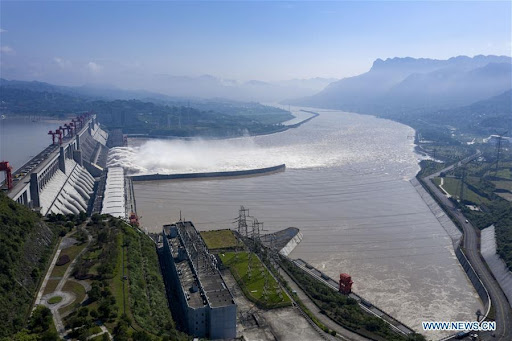
Figure 3 Three Gorges Dam (Xinhua/Du Huaju)
Biomass & Biofuel
Finally, China also outpaces the rest of the world in biomass electricity capacity, accounting for nearly two-thirds of global additions in 2020, with accumulated installation capacity reaching 25.2 GW in the first half of that year. For the future, China announced that subsidies for this energy source will transition to auctions in 2021, with a particular focus on supporting projects that “harness co-generation and utilise fuels produced from agricultural or municipal waste.” Moreover, the IEA projects that China will lead global growth in biofuel production due to many provinces introducing ethanol blending and additional investments to bolster production capacities.
Conclusion and Outlook
China will unquestionably continue to lead global efforts to accelerate the production and consumption of renewables to secure its future energy needs. Already the largest producer of PV solar, wind energy, and hydroelectricity, it is estimated that China will account for 25% of global renewable energy generated through 2040. However, despite this rapid expansion, it is important to note that considerable efforts are still required to reach China’s ambitious climate goals, as coal, along with petroleum and other liquids, still supplied a majority of China’s total energy consumption – 58% and 20% in 2019, respectively.
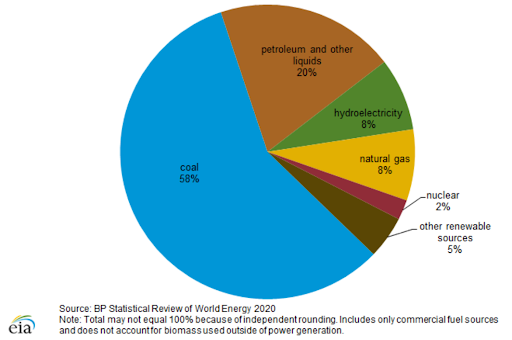
Figure 4 China Total Energy Consumption by Fuel Type (EIA, 2020)
Nevertheless, with the inclusion of an 18%-reduction target for CO2 intensity, as well as a 13.5%-reduction target for energy intensity in the recently approved 14th Five Year Plan, Beijing yet again reaffirmed its commitment to the cause.
References
BUCKLEY, Tim and NICHOLAS, Simon. “China’s Global Renewable Energy Expansion: How the World’s Second-Biggest National Economy Is Positioned to Lead the World in Clean-Power Investment”. Institute for Energy Economics and Financial Analysis (IEEFA), 2017, p. 2. Available at: https://ieefa.org/wp-content/uploads/2017/01/Chinas-Global-Renewable-Energy-Expansion_January-2017.pdf
Center for Strategic and International Studies (CSIS). How Is China’s Energy Footprint Changing? [online]. [n.d.]. https://chinapower.csis.org/energy-footprint/#:~:text=Powering%20China’s%20Future&text=A%202012%20white%20paper%20on,peak%20CO2%20emissions%20by%202030 (accessed on 21.12.2021)
CHIU, Dominic. The East Is Green: China’s Global Leadership in Renewable Energy [online]. 06.10.2017. https://www.csis.org/east-green-chinas-global-leadership-renewable-energy#:~:text=The%20East%20Is%20Green%3A%20China’s%20Global%20Leadership%20in%20Renewable%20Energy,-By%20Dominic%20Chiu&text=President%20Xi%20Jinping’s%20speech%20at,while%20mitigating%20its%20negative%20effects (accessed on 21.122021).
International Energy Agency (IEA). China [online]. 01.02.2021a. https://www.iea.org/countries/china (accessed on 21.122021).
International Energy Agency (IEA). Global Energy Review 2021: Assessing the effects of economic recoveries on global energy demand and CO2 emissions in 2021. 2021b, p. 3. Available at: https://www.iea.org/reports/global-energy-review-2021.
International Energy Agency (IEA). Renewables 2020: Analysis and forecast to 2025. 2020, pp. 111-112. Available at: https://www.iea.org/reports/renewables-2020.
LIU, Yuanyuan. China added 1.5 GW of biomass power generation capacity during first half of this year [online]. 28.08.2020. https://www.eia.gov/international/analysis/country/CHN (accessed on 21.122021).
Ministry of Foreign Affairs of the People’s Republic of China. Statement by H.E. Xi Jinping President of the People’s Republic of China At the General Debate of the 75th Session of The United Nations General Assembly [online]. 22.09.2020. https://www.fmprc.gov.cn/mfa_eng/zxxx_662805/t1817098.shtml (accessed on 21.122021).
NS Energy. Baihetan Hydropower Project [online]. [n.d.]a. https://www.nsenergybusiness.com/projects/baihetan-hydropower-project/ (accessed on 21.122021).
NS Energy. Wudongde Hydropower Project [online]. [n.d.]b. https://www.nsenergybusiness.com/projects/wudongde-hydropower-project/ (accessed on 21.12.2021).
Reuters. China to bring solar and wind power generation to 11% of total electricity use in 2021 [online]. 04.19.2021. https://www.reuters.com/business/sustainable-business/china-bring-solar-wind-power-generation-11-total-electricity-use-2021-2021-04-19/ (accessed on 21.12.2021).
The State Council Information Office of the People’s Republic of China. Energy in China’s New Era [online]. 21.12.2020. http://www.scio.gov.cn/zfbps/32832/Document/1695135/1695135.htm#:~:text=In%20the%20new%20era%2C%20China’s,and%20boosting%20global%20economic%20growth (accessed on 21.12.2021).
United Nations Environment Programme (UNEP). A decade of renewable energy investment, led by solar, tops USD 2.5 trillion [online]. 05.09.2019. https://www.unep.org/news-and-stories/press-release/decade-renewable-energy-investment-led-solar-tops-usd-25-trillion (accessed on 21.12.2021).
U.S. Energy Information Administration (EIA). CHINA [online]. 30.09.2020. https://www.eia.gov/international/analysis/country/CHN (accessed on 21.12.2021).
XIAO, Carrie. Surging capacity and cutting-edge demonstration bases: Behind Huanghe Hydropower’s roaring rise [online]. 30.01.2020. https://www.pv-tech.org/surging-capacity-and-cutting-edge-demonstration-bases-behind-huanghe-hydrop/ (accessed on 21.12.2021).
XIE, Echo. Climate change: China’s energy regulator proposes target of 40 per cent renewables by 2030 [online]. 10.02.2021. https://www.scmp.com/news/china/science/article/3121362/climate-change-chinas-energy-regulator-proposes-target-40-cent (accessed on 21.12.2021).
Xinhua. Aerial view of Three Gorges Dam in China’s Hubei [online]. 03.08.2020. http://www.xinhuanet.com/english/2020-08/03/c_139261953.htm (accessed on 21.12.2021).
WANG, Lin and LI, Olivia. China’s Climate Goals, The 14th Five-Year Plan, and the Impact on Sustainable Business [online]. 28.04.2021. https://www.bsr.org/en/our-insights/blog-view/china-climate-goals-the-14th-five-year-plan-sustainable-business-impact (accessed on 21.12.2021).

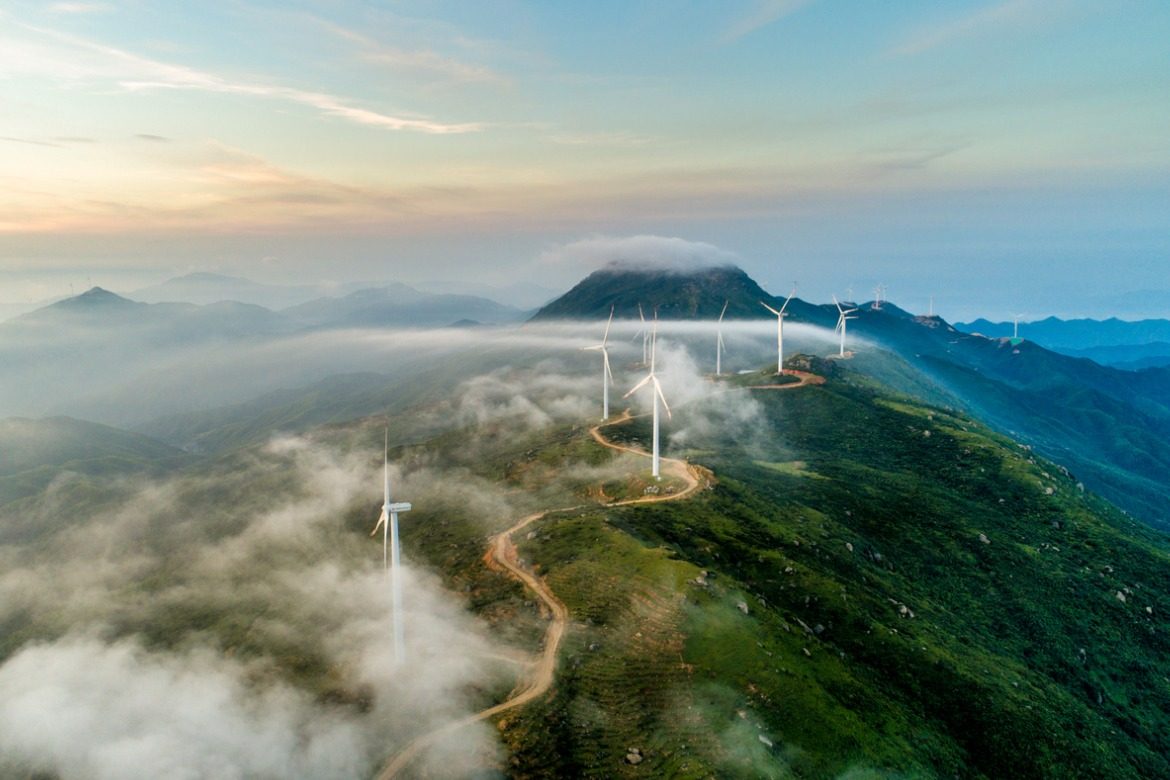

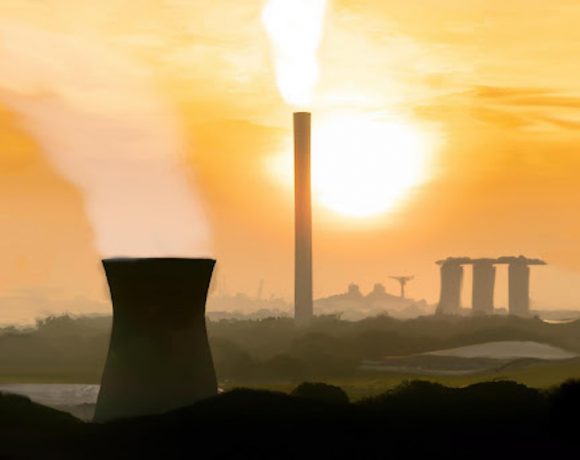
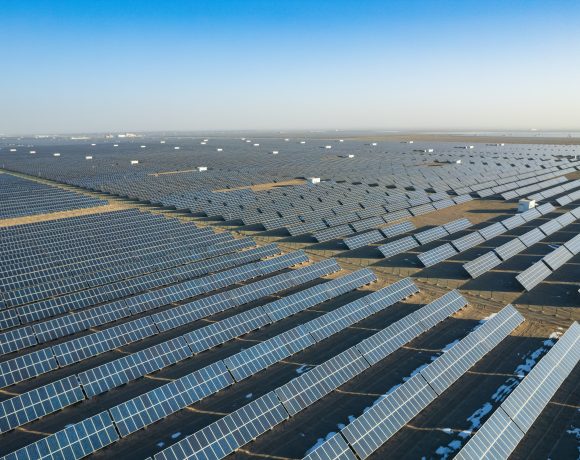

NO COMMENT